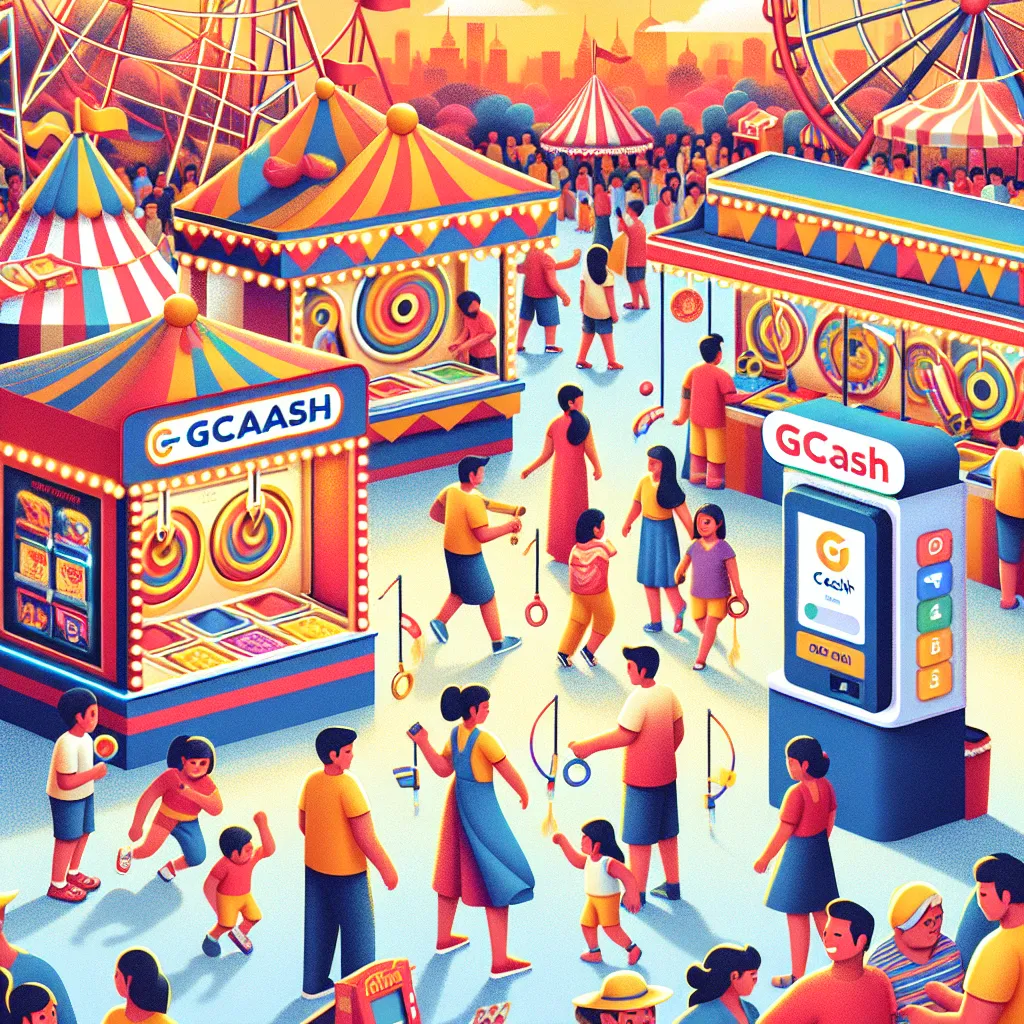Peryahan games, the quintessential attraction at Filipino carnivals and fiestas, have long been a source of entertainment, camaraderie, and excitement for communities across the Philippines. These games—ranging from ring toss and shooting galleries to balloon darts and fishing games—embody a nostalgic charm while offering players a chance to win prizes and enjoy social interactions. In recent years, however, the traditional peryahan or “perya” experience has undergone a digital transformation with the integration of modern payment methods such as GCash, a leading mobile wallet in the country, making “perya game GCash” an emerging trend in the Filipino gaming culture.
Traditionally, peryahan games operate in physical venues like town plazas, fairs, or amusement parks, where players pay cash to try their luck or skill at different game booths. The games themselves are often simple yet engaging, designed for participants of all ages to enjoy. Prizes usually include toys, stuffed animals, gadgets, or cash rewards, appealing to both children and adults. The convivial environment and the community aspect have always been central to the perya experience, fostering social bonds and festive spirit.
With the onset of digital technology and the community’s increasing preference for cashless transactions, the integration of GCash into perya games presents a significant evolution. GCash offers a convenient and secure method for players to purchase credits or tokens required for peryahan games without the need to carry physical cash. This development not only modernizes the traditional perya setup but also broadens accessibility, especially amid health protocols that discourage physical currency handling in public places.
The term “perya game GCash” generally refers to the infrastructure and platforms that allow players to engage in peryahan games while using GCash as a mode of payment. This can occur in two main formats: digitized versions of traditional games accessible through online platforms or physical perya booths equipped with QR codes or GCash payment options. Both formats leverage GCash’s interoperability, allowing instant fund transfers, promo campaigns, and in some cases, rewards or cashback incentives to attract and retain players.
One major advantage of adopting GCash in peryahan gaming is the added layer of security and convenience. Players no longer need to worry about carrying loose cash, which can be lost or counterfeit. GCash transactions are encrypted and require authentication, protecting user funds. For perya organizers, the digital system reduces the risks associated with cash management and streamlines the collection process, enabling better record-keeping and financial tracking.
Furthermore, the fusion of peryahan games with GCash supports the digitalization movement promoted by the Philippine government and various stakeholders aiming to expand financial inclusion. Many Filipinos previously underserved by traditional banking systems are now able to participate more easily in community games and entertainment without barriers related to cash scarcity or physical distance. This democratization helps sustain the cultural significance of peryahan games while adapting them to contemporary lifestyles.
The experiential aspect of perya games is also enhanced through gamification and online community features in digital formats. Players can compete more widely, share results on social media, and participate in tournaments or leaderboards supported by online perya game platforms. These innovations keep the core fun of peryahan intact, while appealing to younger, tech-savvy generations who seek interactive and accessible amusement options.
Critics of this digital shift sometimes express concern over the potential loss of the personal and communal atmosphere that traditional peryahan games foster. Yet, many operators of perya game platforms strive to blend physical and digital elements, preserving face-to-face interaction at booths while offering cashless payments. Hybrid models that combine on-site gaming with digital convenience are gaining momentum, maintaining the festive spirit of perya while embracing technology.
In conclusion, the convergence of peryahan games and GCash payment technology marks a promising advancement for Filipino cultural entertainment. By embracing cashless transactions and digital adaptations, perya games can continue thriving in a modern context. This evolution ensures that traditional carnival fun remains relevant and accessible, blending cherished local customs with the conveniences of today’s financial technology landscape. For players and organizers alike, this fusion represents a win-win scenario that celebrates both heritage and innovation.




